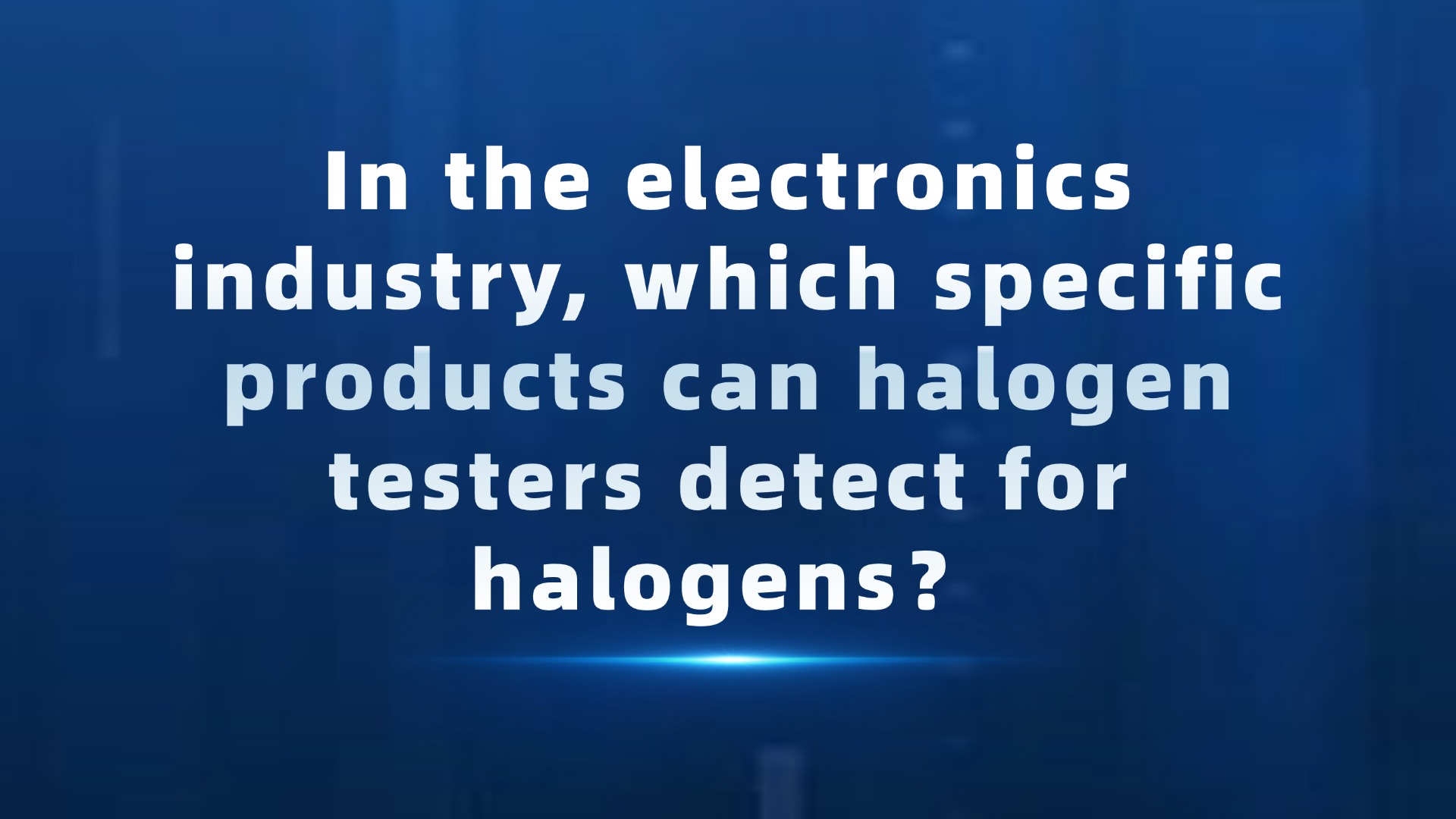During the use of pipettes, their accuracy in aspirating reagents may decline due to factors such as piston wear. In such cases, calibration of the pipettes is necessary to ensure the precision of experiments. The gravimetric method is the most commonly employed and straightforward approach for pipette calibration. Firstly, one needs to prepare a high-precision analytical balance, a calibration wrench, a beaker, and ultrapure water.
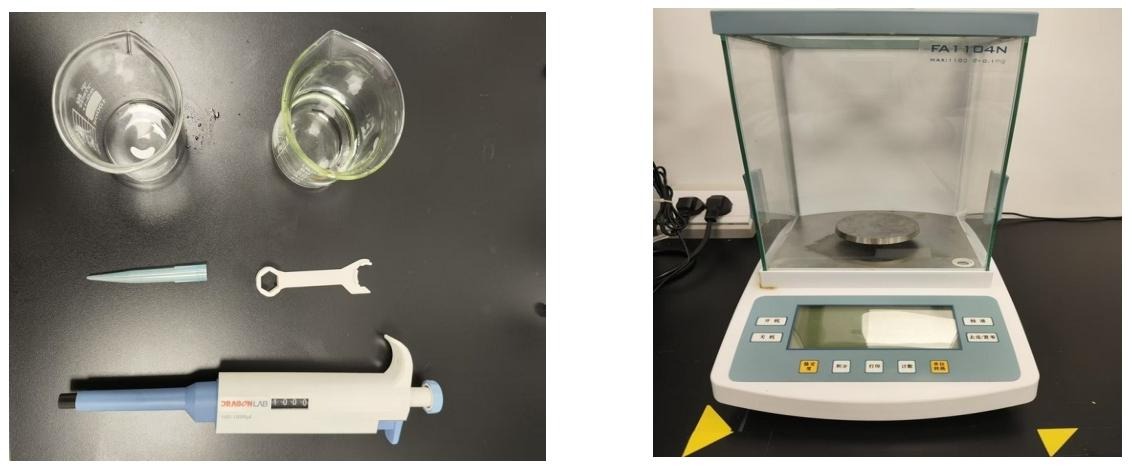
Taking the calibration of a 1 mL pipette as an example, the process is as follows: Place the beaker on the analytical balance. Once the displayed value stabilizes, press the tare key to zero the balance. Then, use the pipette to aspirate 1 mL of pure water and rinse the pipette tip multiple times. Open the glass cover above the analytical balance, position the pipette above the balance, and dispense the pure water into the beaker. After the balance value stabilizes, record the data. Calculate the actual volume (actual volume = balance value / density of pure water) and determine the deviation from 1 mL. According to ISO 8655, the allowable error for a 1 mL pipette is 0.8%. At 25 °C, the density of pure water is 0.99822 g/cm³. For instance, if the measured balance value is 1.0407 g, the actual volume is 1.0407 / 0.99822 = 1.04256 g/cm³. The error is calculated as (1.04256 - 1) / 1 = 4.256%.
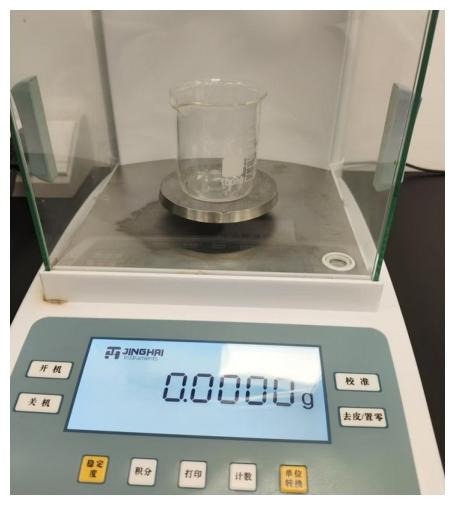
If the deviation value exceeds 0.8%, calibration using a calibration wrench is required. Align the calibration wrench with the calibration knob of the pipette, insert it, and turn counterclockwise to decrease the pipette volume (if the pipette volume is too small, turn clockwise to increase it).
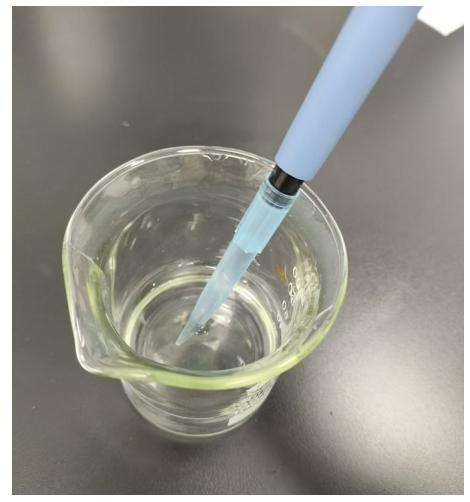
After adjustment, repeat the aforementioned weighing operation. If the calculated actual volume falls within the allowable error range after the value stabilizes, the calibration is considered complete; otherwise, repeat the adjustment and weighing process.
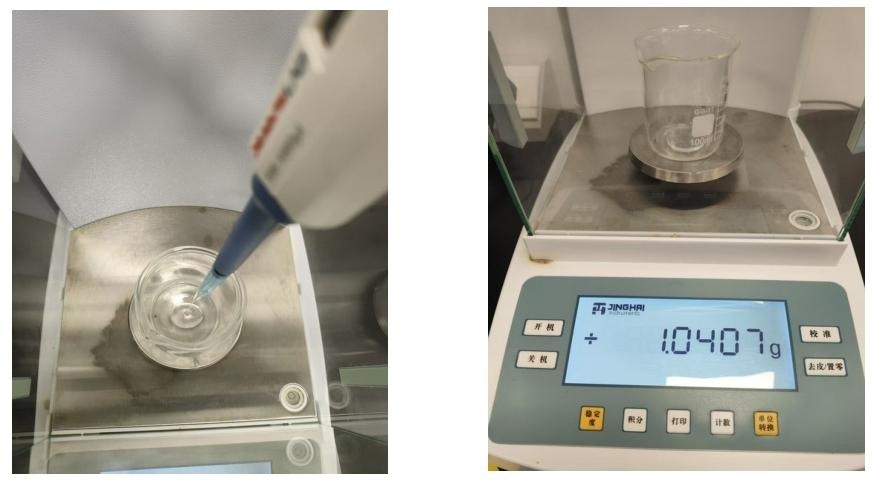
For example, after adjustment, if the measured balance value is 0.9952 g, the actual volume is 0.9952 / 0.99822 = 0.99697 g/cm³, and the error is (1 - 0.99697) / 1 = 0.303%, which is less than 0.8%, indicating that the calibration is successfully completed.
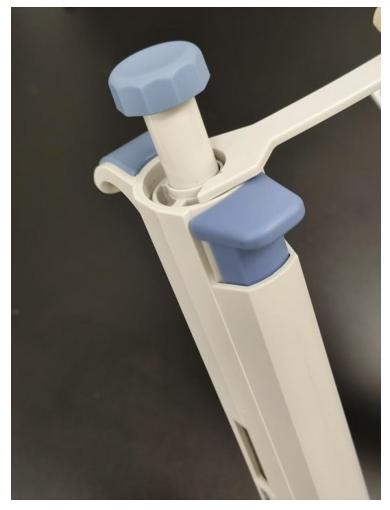
Finally, when the pipette is not in use, adjust its range to the maximum scale. This allows the spring to be in a relaxed state, protecting the spring and maintaining the accuracy of the pipette.

